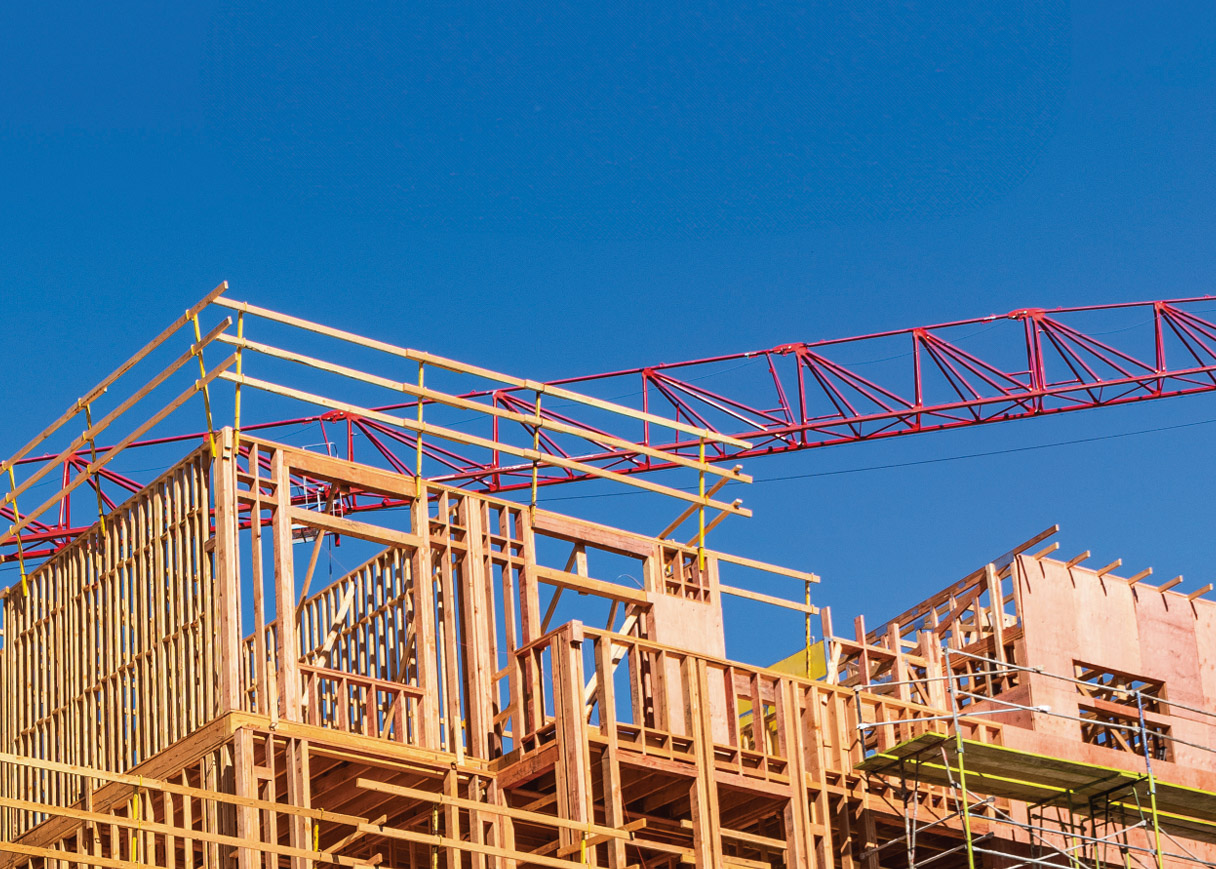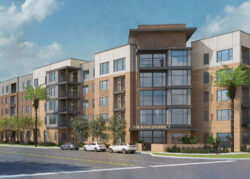Western metropolitan areas such as Dallas/Fort Worth, Denver, Phoenix, San Antonio, and Austin have experienced remarkable population growth, making them key players in the real estate market. From 2010 to 2022, these cities attracted millions of new residents, with Dallas/Fort Worth alone adding 1.4 million people. Much of this growth stems from in-migration, as individuals and families move in search of affordability, job opportunities, and a higher quality of life. This population surge has fueled demand for rental housing, as many newcomers choose to rent before pursuing homeownership, creating strong opportunities for multifamily investment.
Economic expansion continues to boost the appeal of these real estate markets. Growing sectors like technology, healthcare, and finance are attracting a skilled workforce, driving job growth and fueling demand for quality housing. Denver has become a hub for tech startups, while Austin—dubbed “Silicon Hills”—continues to lure major firms. This momentum supports steady demand for well-located rentals, making both cities strong bets for investment.
Rapid growth, however, brings challenges in infrastructure and housing supply to these real estate markets. New construction is easing some pressure, but short-term supply-demand imbalances may cause temporary shifts. Still, the long-term outlook remains strong. Rising populations, job growth, and ongoing urban development provide a solid foundation for sustained rental demand—and investors who adapt to these trends will be well-positioned for success.





